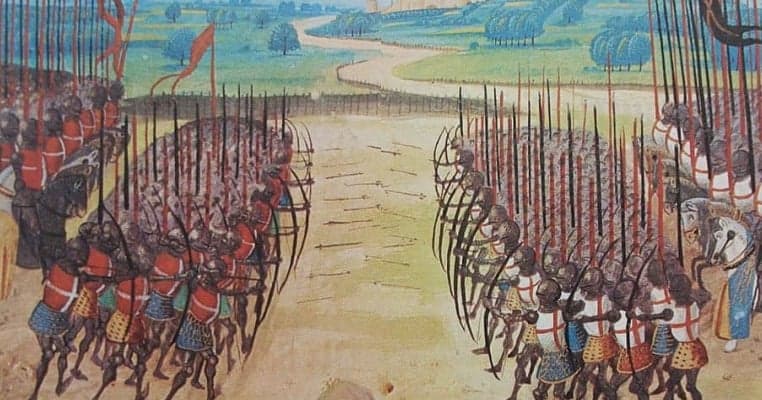The Middle Ages, also known as the Medieval Era, is generally denoted as the period of human history between the fall of the Western Roman Empire and the starts of the Renaissance, the Age of Discovery, and the Early Modern Era in general. Roughly speaking, this period encapsulates European history between the 5th and 15th centuries and is typically itself divided into three sections: Early (the 5th-10th centuries), High (the 11th-13th centuries), and Late (the 13th-15th centuries). These years saw the rise and fall of kingdoms, the gradual spread of Christianity throughout Europe, as well as the early splintering of the Roman Catholic Church preceding the Reformation in the 1500s, and is characterized by the existence of feudal societies and polities. Despite understanding much about our ancestors and their society, there are also aspects, both significant and minor, which have become conflated, manipulated, or misunderstood to the detriment of historical truth.

Here are 20 facts about the Middle Ages that you wrongly thought were true:

